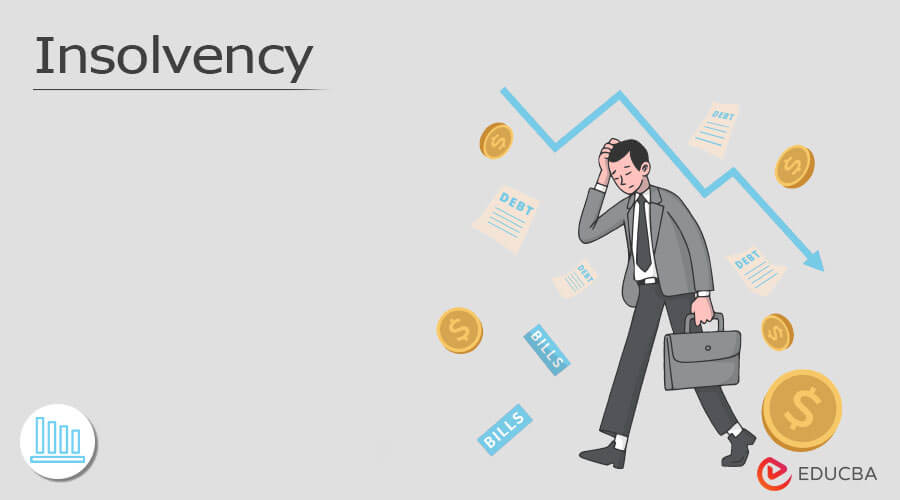The Basic Principles Of Insolvency Practitioner
The Basic Principles Of Insolvency Practitioner
Blog Article
Insolvency Practitioner - The Facts
Table of Contents7 Simple Techniques For Insolvency PractitionerAbout Insolvency PractitionerAn Unbiased View of Insolvency PractitionerNot known Factual Statements About Insolvency Practitioner How Insolvency Practitioner can Save You Time, Stress, and Money.Not known Details About Insolvency Practitioner 9 Easy Facts About Insolvency Practitioner Explained
In enhancement, a director considering resignation ought to examine the D&O Plan for the effect of resignation on such insurance coverage. The director should also identify if the D&O Plan covers acts that happened throughout his period, although such acts were not identified to be in violation of fiduciary tasks at the time of event.The following post explains extensive the different phases of insolvency and the various procedures that are available under insolvency. Insolvency is specified in legislation and there are 2 examinations as to whether you/ your business is insolvent: BALANCE SHEET INSOLVENCY: This is where, on an annual report basis, you have a lot more obligations than possessions.
The Greatest Guide To Insolvency Practitioner
Individuals and business can undertake this process themselves. It is not necessary for any kind of insolvency professional to be included, although they might be able to help in obtaining finance.
Once the Bankruptcy Practitioner has actually wrapped up that choices are not available, and it has actually been concluded that the customer is bankrupt, the proper bankruptcy treatment for the customer will certainly be chosen, which will be totally depending on the circumstances of the individual or firm. Often numerous procedures are available, but taking a look at all conditions will certainly enable the IP to encourage the very best process for your situation.
Insolvency Practitioner Fundamentals Explained
The 2nd personal bankruptcy process is Insolvency. Personal bankruptcy is an official insolvency procedure which is ratified by the Court in England and Wales. Upon the making of an Insolvency Order the bankrupt's possessions and liabilities enter into an estate which is at first commanded by an Official Receiver in the duty of the Trustee of the bankruptcy estate.
Adhering to a court making an Insolvency Order by default an Authorities Receiver in charge of the geographical location in which the bankrupt lived or continued their service will at first be designated trustee of the pertinent individual's personal bankruptcy estate. For company bankruptcy, there are a number of kinds of procedures offered (Insolvency Practitioner). The adhering to summarises the most generally used processes
A firm going into Management means that a certified Insolvency Professional is assigned to act as a Manager. By doing so, from the date of appointment, the total control and management of the business will certainly be provided to the Insolvency Expert.
The Ultimate Guide To Insolvency Practitioner
When a business can not & consequently does not pay its financial obligations, the first activity creditors will certainly take is to call their debtor and request payment. If the creditors are long-standing customers, the telephone calls might originally just be a pleasurable discussion to see if the financial debt has actually just been an oversight.

Financial institutions can put on the court for a Region Court Reasoning (CCJ). In specific situations, the County Court Reasoning can be safeguarded. The hearing will be held if an order is made and your firm is accountable and the financial institution can take more activity resulting from the reasoning. A petition can be made to end up a business.
Not known Facts About Insolvency Practitioner
High court enforcement officers offer visit this web-site a comparable over at this website role to what most members of the public referred to as bailiffs. Their major function is to recover goods to cover the value of the financial obligation and they will certainly take every action feasible to do so. They can issue a legal demand. When served with legal need a debtor has 18 days to reply to court to challenge the need.

The 8-Second Trick For Insolvency Practitioner
There is normally early arrangement with creditors to demand breathing room whilst rescue choices are formulated. Re-finance and restructuringAs detailed in this short article over, re-finance and reorganizing will certainly be considered to see if performances can be made to resolve the trouble and the firm can proceed to trade.
The treatment is a terminal process where the company is not able to be rescued. The procedure will certainly be embarked on to effect an organised closure of the company to reduce the impact on stakeholders.
It is a center ground where often the dimension of the organization, especially Tiny to Medium Enterprises, has restricted worth to a 3rd party and is unlikely to be beneficial in regards to cost for lenders to place the Company right into administration. In this instance, a CVA isn't suitable and generally the only option is liquidation.
Insolvency Practitioner for Dummies
As long as the linked party (normally supervisors, investors or administration) make a deal of what a certified representative thinks about to be a reasonable worth, the assets will certainly be offered to this event - Insolvency Practitioner. Historically, there was a process called "phoenixing" where the original firm would be terminated overnight and the new company can begin trading click here now the very following day
Report this page